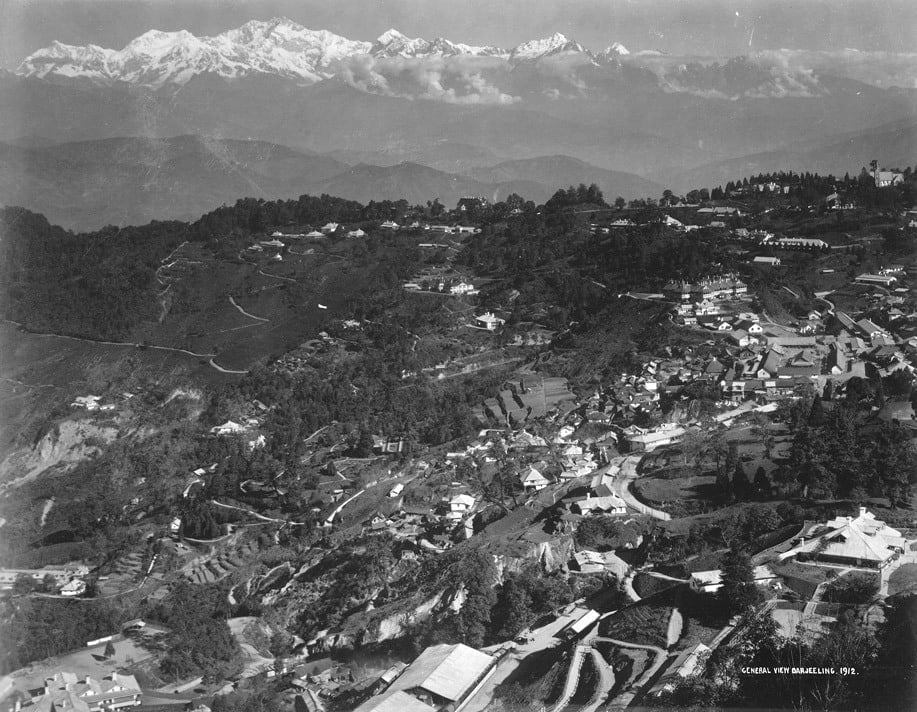Take a journey through the history of Darjeeling, its transformation among various eras and how it came to be one of the pouplar destination in India.
Darjeeling is in the Eastern Himalayas, at an altitude of 2,045 meters (6,706 feet). It is a picturesque town located in the Indian state of West Bengal. Darjeeling is famous for its tea, which is grown in the surrounding hills. The region is also known for its scenic beauty, with snow-capped peaks, lush forests, and cascading waterfalls.
The town’s colonial-era charm is evident in its architecture, historic buildings, and the iconic Darjeeling Himalayan Railway, a UNESCO World Heritage Site known as the “Toy Train.” Darjeeling is a popular tourist destination and is home to a diverse ethnic population and a rich history.



